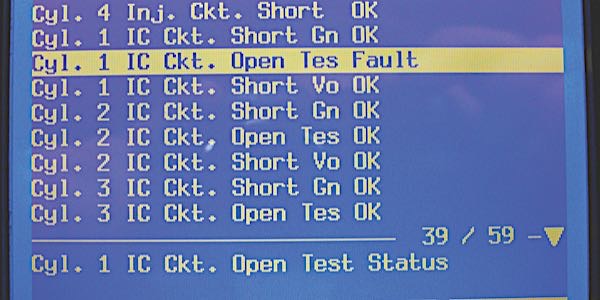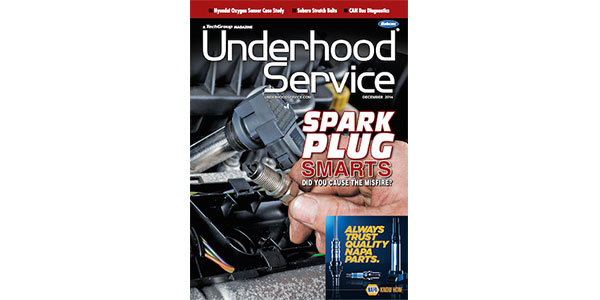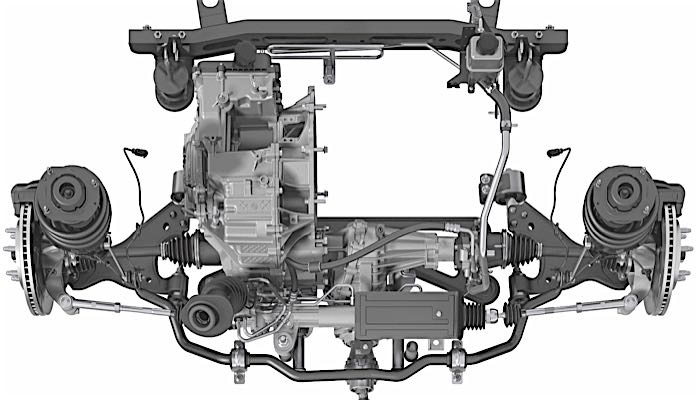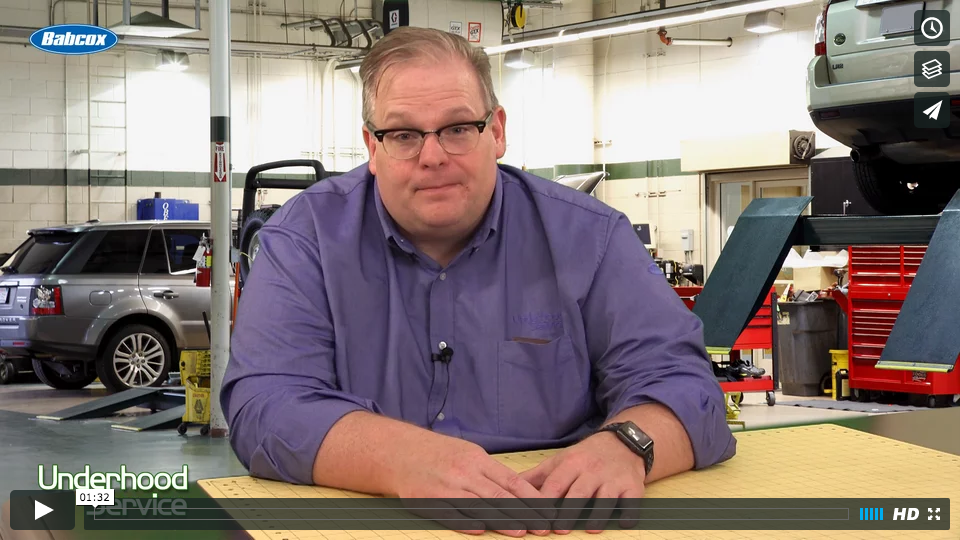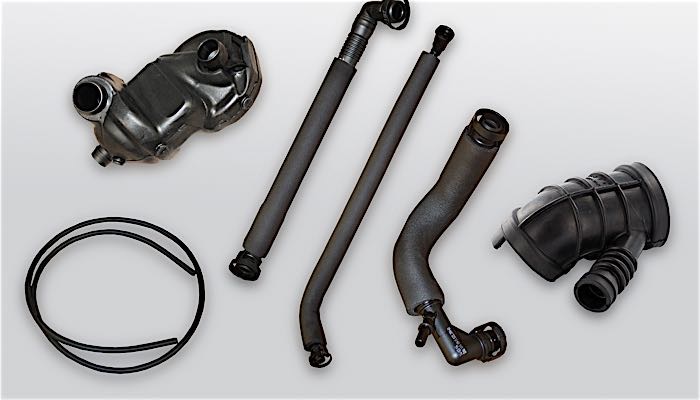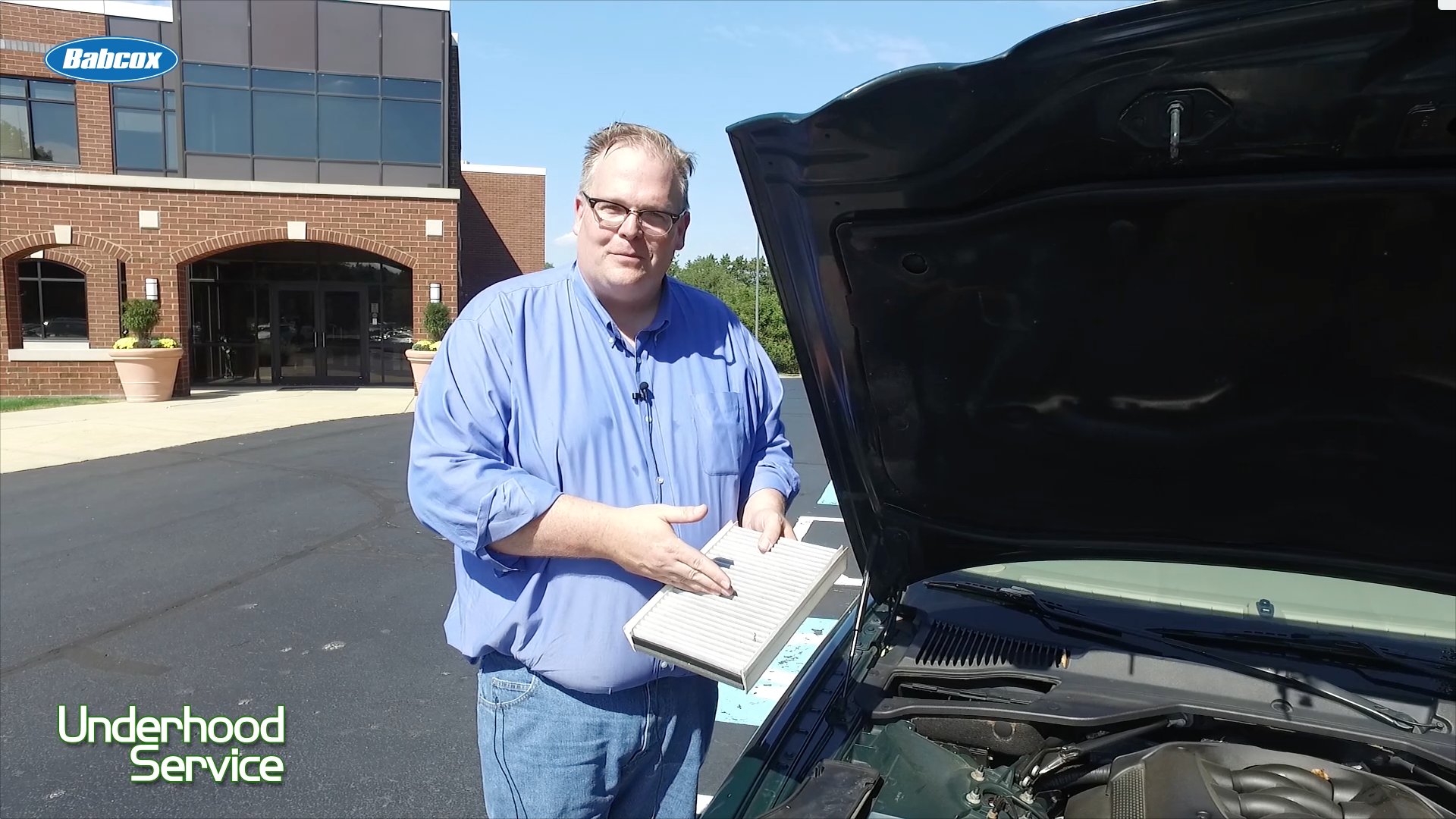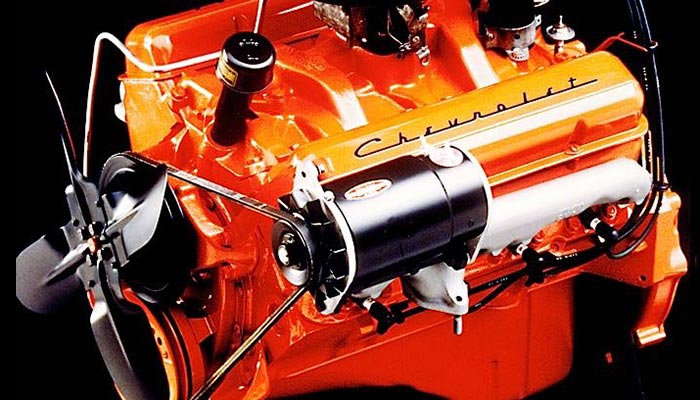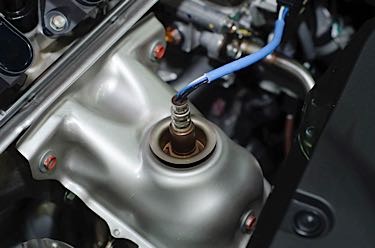Vehicle: 1999 Silverado.
Customer Complaint: At speeds over 40-50 mph, the ABS and brake indicators come on, and the fuel and volt gauges sometimes drop low at the same time.
The technician had already verified the condition and checked for codes before calling Identifix. He found code C0237 (rear wheel speed signal erratic) stored as a history code, but it had not reappeared for him. Next he road-tested with a scanner, watching the vehicle speed input through the powertrain control module (PCM) and electronic brake control module (EBCM) data. When the ABS and brake light came back on, data was lost on the scanner for both the PCM and ABS. Something was crashing the class 2 data line — but what?
On this truck, the instrument panel cluster (IPC), body control module (BCM), EBCM, PCM and automatic transfer case control module (ATC) are all on the class 2 data line at pin 2 of the data link connector. The tech went to the splice pack (SP205) to determine which module was initially causing the problem. The splice pack joins all of the data circuits at one point, and is located on the lower left side of the dash behind the headlamp switch. The splice pack, a connector end with a jumper bar seated into it, is located on a short harness and often is taped to another harness. When the EBCM class 2 data wires were disconnected from the data line, the symptom was gone. Now we knew the EBCM circuit was causing the problem, so that left either a problem with the power/ground or the EBCM.
The tech checked the connector at the EBCM for corrosion and terminal condition — it was OK. Next he removed and cleaned the ground for the EBCM at the frame (see GM bulletin #04-05-25-002A). Using a headlamp to load the circuit, he load-tested the power and ground to the EBCM. The power and ground tested OK, but there was still a problem. A new EBCM fixed this one.
Written by IDENTIFIX GM Specialist Bill Siegmann. Bill is certified ASE Master and L1 with 20 years of diagnostic and repair experience.
For additional tech tips, visit www.identifix.com.


